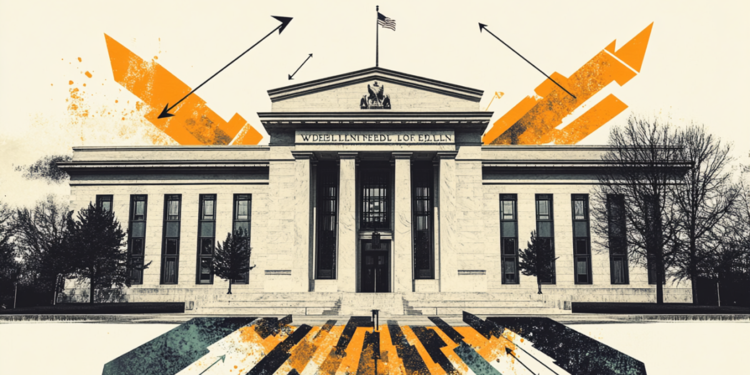Dallas Federal Reserve (Fed) President Lorie Logan explained on Thursday that the recent interest rate cut was an insurance against a more rapid, non-linear decline in the labor market, per Reuters.
Key takeaways
“Inflation is running above target, trending higher.”
“Payroll gains have declined markedly.”
“See risks on both sides of the Fed’s mandate.”
“Demand remains pretty resilient.”
“Labor market looks fairly balanced, only gradually slowing.”
“Policy isn’t more than modestly restrictive, which is appropriate.”
“We need to be very cautious about rate cuts.”
“Must not ease too much, only to have to reverse course.”
“Very close to maximum employment.”
“Appropriate to see a little more cooling in labor market.”
“Seeing risks that labor market is more fragile, that’s why insurance rate cut was appropriate.”
“Tariffs have contributed to higher inflation recently, through goods inflation.”
“Overall tariff effects on inflation have been more moderate than had anticipated.”
“Even if tariffs have one-time effect, the longer it takes and uncertainty continues the higher the risk to inflation expectations.”
“We need to guard against the risk that inflation expectations could rise.”
Market reaction
These comments received a hawkish score of 6.8 from FXStreet Fed Speech Tracker. Meanwhile, the US Dollar Index extends its recovery following these comments and was last seen gaining 0.25% on the day at 97.95.
Fed FAQs
Monetary policy in the US is shaped by the Federal Reserve (Fed). The Fed has two mandates: to achieve price stability and foster full employment. Its primary tool to achieve these goals is by adjusting interest rates.
When prices are rising too quickly and inflation is above the Fed’s 2% target, it raises interest rates, increasing borrowing costs throughout the economy. This results in a stronger US Dollar (USD) as it makes the US a more attractive place for international investors to park their money.
When inflation falls below 2% or the Unemployment Rate is too high, the Fed may lower interest rates to encourage borrowing, which weighs on the Greenback.
The Federal Reserve (Fed) holds eight policy meetings a year, where the Federal Open Market Committee (FOMC) assesses economic conditions and makes monetary policy decisions.
The FOMC is attended by twelve Fed officials – the seven members of the Board of Governors, the president of the Federal Reserve Bank of New York, and four of the remaining eleven regional Reserve Bank presidents, who serve one-year terms on a rotating basis.
In extreme situations, the Federal Reserve may resort to a policy named Quantitative Easing (QE). QE is the process by which the Fed substantially increases the flow of credit in a stuck financial system.
It is a non-standard policy measure used during crises or when inflation is extremely low. It was the Fed’s weapon of choice during the Great Financial Crisis in 2008. It involves the Fed printing more Dollars and using them to buy high grade bonds from financial institutions. QE usually weakens the US Dollar.
Quantitative tightening (QT) is the reverse process of QE, whereby the Federal Reserve stops buying bonds from financial institutions and does not reinvest the principal from the bonds it holds maturing, to purchase new bonds. It is usually positive for the value of the US Dollar.
